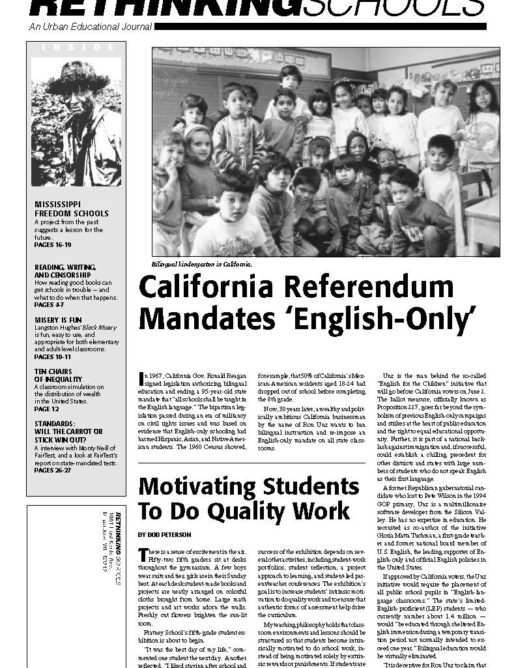Preview of Article:
States Get Failing Grade in Assessment
A study by FairTest, the National Center for Fair & Open Testing,finds that most states need to make major improvements in their state assessment systems. The article includes a list of resouces on testing offered by FairTest.

